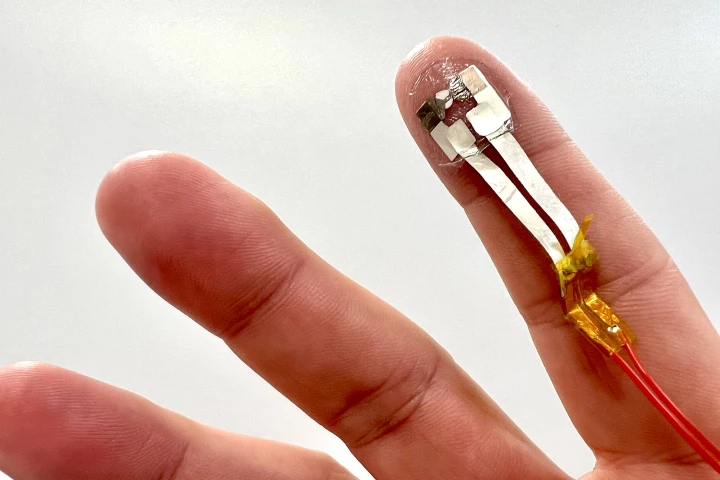Istituto Italiano di Tecnologia
-
For the last few years, Italian engineers have been working on a humanoid robot for emergency response applications. The iRonCub3 has jets on its back and fire-breathers on its arms, and has now achieved stable take-off and hover for the first time.
-
Imagine that you're injured on a remote mountain path but have managed to contact emergency rescue. The first to arrive on the scene could be a small humanoid robot wearing a jetpack if Italian research bears fruit.
-
Imagine if one (or both) of your feet couldn't conform to uneven walking surfaces, or flex to spring you forward with each step. That's what it's like for most people who have prosthetic feet, although an experimental new foot could change that.
-
Scientists have replicated the seed-delivery system used by wild oats, resulting in a seed-carrying bio-hybrid "robot." Scores of the tiny devices could one day be utilized for much easier, more effective aerial seeding of crops or even new forests.
-
A new robotic exoskeleton could allow people who have lost the use of their legs to stand up and even walk. It may also help get them walking unaided again, by guiding their movements and holding them up as they take part in rehabilitative therapy.
-
When it comes to tasks like the exploration of unstructured environments, traditional robots may be stymied by obstacles such as uncrossable gaps. That's where the FiloBot comes in, as it grows like a self-supporting vine.
-
Researchers have developed an ultrathin electronic tattoo capable of reproducing the localized sensation of touch in its wearer. The device has the potential to be used to manufacture haptic displays and devices for healthcare and robotics.
-
Trees such as maples have "fruits" known as samaras, which consist of a seed joined to a papery wing. Scientists have now created artificial samaras, which could be used to quickly and easily monitor soil temperature from the air.
-
Italian researchers have created a novel 4D-printed biodegradable 'seed robot' that changes shape in response to changes in humidity and can navigate through the soil. The device has great potential as a new way of monitoring the environment.
-
Although it's generally not a good idea to swallow batteries, ingestible medical electronic devices often have batteries in them. A new type of battery could make such devices safer to use, as it's made entirely of edible ingredients.
-
Earthworms move through the soil not just by wriggling around, but by sending peristaltic waves down their bodies. A new robot, which employs that same strategy, could one day be used in underground exploration or even search-and-rescue missions.
-
Sci-fi fans may recall the bipedal robots from the 1972 film Silent Running, which performed maintenance on the outside of the spaceship. Well, the new MARM robot is reminiscent of them – except it has three limbs, for optimum dexterity and mobility.
Load More











